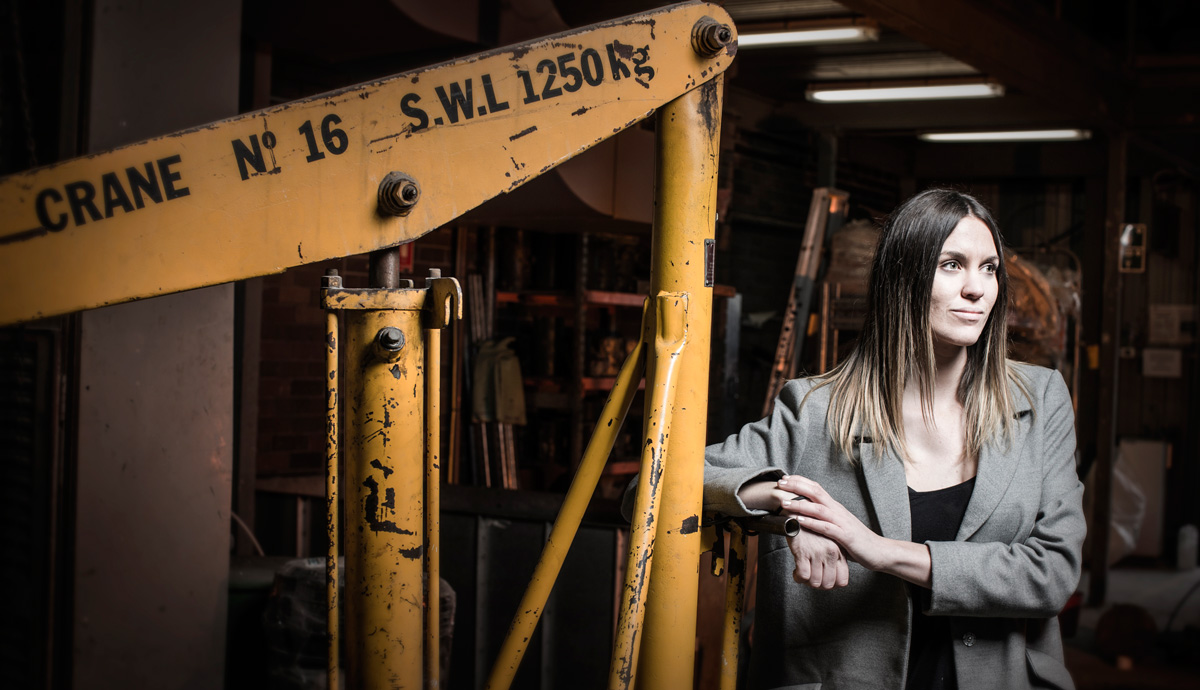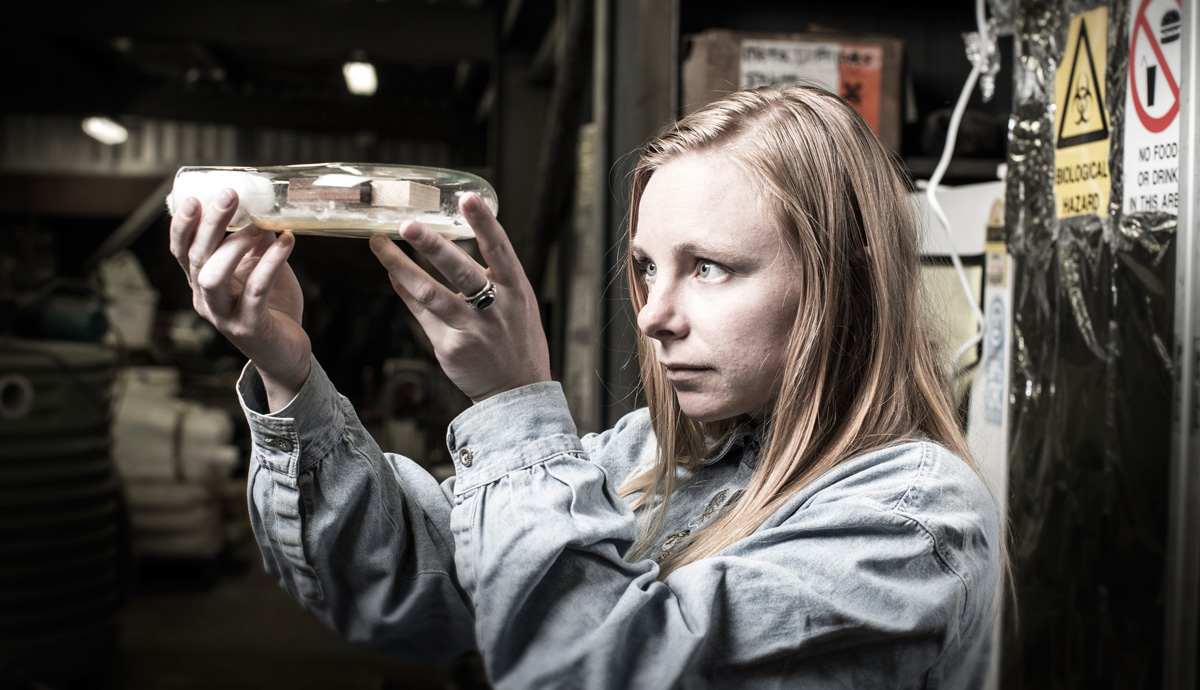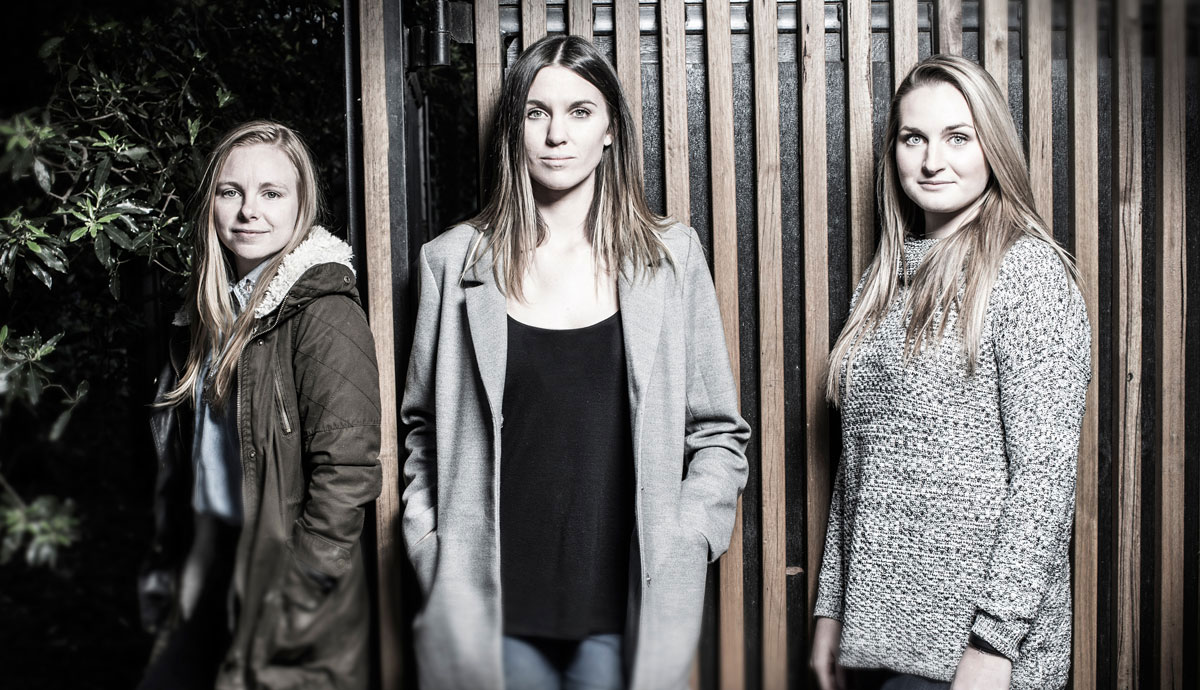August 17, 2015
Female engineers breaking the mould
UOW’s female engineers are making a world of difference and breaking down gender stereotypes.
Though women make up more than half the population, only about one in ten engineers are female, but students like Jessica Davis, Katie Menzies and Bianca van der Merwe are driving change.
A gap year doing the hard manual labour as a fence builder on a highway project set fourth year civil engineering student Jessica Davis, from Wagga Wagga, on the path to becoming an engineer, breaking down gender stereotypes along the way.
She said her first insight into engineering as a career option came when she was working as a fencer on the Hume Highway bypass project.
The need for engineers is expected to rise in the coming decades, as Australia's workforce transitions.Engineering has long been a male dominated field - but there is a growing number of women looking to break the mould.
Posted by WIN News Illawarra on Tuesday, 11 August 2015
“I knew my neighbour worked on the project so he got his boss to give me a go as a fencer,” she said. “I think he was pretty hesitant to employ a female in such a physically tough job, but he was keen to keep me on after seeing what I could do my first week.
“I have never been so tired after my first week fencing. I was freezing cold building all the fences and watching all the engineers in their HiLuxes reading their magazines, and supervising,” she told ABC Rural.
“I thought 'I'd rather be the supervisor than the worker. I also loved the fact that the product of your work is tangible.”

Jessica is part of UOW’s Women in Engineering Society and his passionate about encouraging more girls to give it a try. That opportunity will be through UOW’s annual Women in Engineering Summit (10 to 15 January 2016), which is calling for applications from girls across NSW and the ACT.
The WIE Summit, hosted by the Faculty of Engineering and Information Sciences, introduces girls in years 10 and 11 to careers in the engineering industry through hands-on activities in the world-class facilities, to meeting with industry leaders, academics and other women with similar interests from across the state.
Listen: 'Be a boss! How do you get more young rural women into engineering?', ABC Rural.
Kate Menzies, from Condobolin in central west NSW, chose engineering after initially wanting to study physiotherapy.
“I really love maths and realised that engineering was essentially the practical application of maths. My maths teacher in school had told me this but I kind of ignored it,” Kate said.

Since she started her degree Kate has worked with the 40K Globe program, which helps Australian university students getting a practical experience in an unfamiliar environment and culture and assigns them projects with social benefit.
“I went to India with 40K to work on their water impact project. We were the first water group to go over so we were tasked with 'needs identification' or determining the communities needs and wants in terms of water. Future groups will continue our work, working towards a sustainable solution.
"The project was very rewarding and an eye opening way to see how engineering can improve communities.”
Both girls say the most important aspect to increasing female participation is changing the mindset about engineering.
A software engineer from the United States sparked debate about gender representation through a post on social media using the hashtag #ILookLikeAnEngineer in response to negative comments about an ad campaign she featured in.
Just updated my Medium post! #iLookLikeAnEngineer pic.twitter.com/szMTCuRVu0
— Isis Anchalee (@isisAnchalee) August 3, 2015"What appeals to a lot of girls is the humanitarian aspects and feeling like you’re making a difference to the world,” Jessica said. “It’s too late aiming at Year 12 girls. We need to be getting younger girls to think about engineering as something they can do. Some subjects are challenging but you can do it.”
The camp-style summit allows them to explore engineering disciplines including environmental, civil, mining, electrical, mechatronics, materials, computer and telecommunications engineering.
Last year’s summit attracted girls from as far afield as Kempsey in northern NSW to Albury in the south and Hillston in the state’s west.
Applications for the WIE summit close 31 October.
